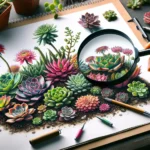Introduction to Crassula Flowering
Picture this: a robust succulent that’s been your green companion for ages, basking in the sunlight on your window sill. It’s a Crassula plant, known for its fleshy leaves and architectural beauty. But one day, you notice something different—an unexpected burst of color. It’s the elusive Crassula flower in bloom, transforming the ordinary into the extraordinary.
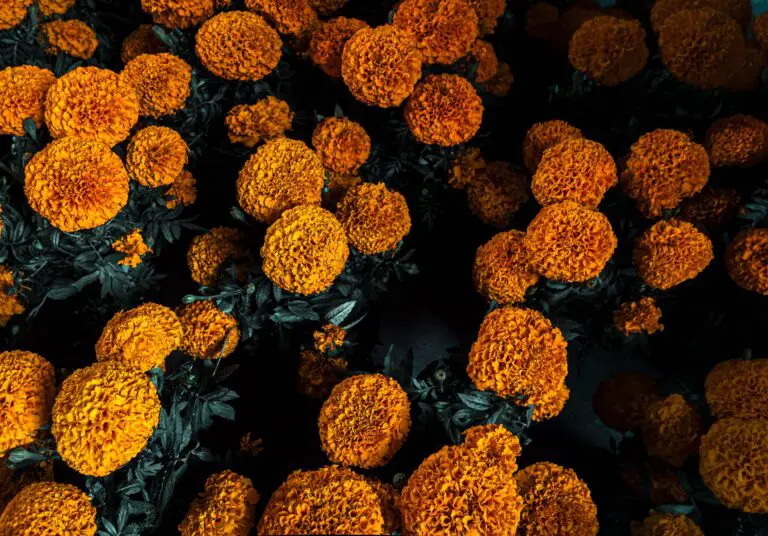
In the world of succulents, the Crassula holds a special place. Known for their ease of care, these plants often surprise their owners with flowers that seem to appear out of nowhere, creating a spectacle that feels nothing short of a botanical miracle. But it’s not just random chance; the flowering of a Crassula is a culmination of precise care, patience, and sometimes, years of anticipation.
What makes Crassula flowers so alluring is their rarity. Unlike perennials that boast annual blooms, these succulent blooms are infrequent and unpredictable, coming into their spectacular existence under just the right conditions. When they do decide to show off, they bring with them a sense of achievement for any plant enthusiast. The flowers are not just a visual pleasure; they’re a milestone, a well-earned reward for your attentive succulent-sitting.
The sheer variety of Crassula species means that the flowering can be as diverse as the plants themselves. Some display delicate white blossoms while others surprise with vibrant hues and intricate patterns. Each flowering event is a unique and treasured moment, encouraging a deeper appreciation for the subtle beauties of the natural world.
So, it’s not just about the striking aesthetic of Crassula flowers; their charm lies as much in their unpredictability and the joy they bring when they finally decide to reveal themselves. As a plant lover, witnessing a Crassula in bloom is a memorable experience, an enchanting and ephemeral gift that beautifies your space and heart.
Crassula’s Bloom Cycle Unwrapped
When we talk about the Crassula, we’re not just discussing a single plant—oh no, this genus is a fascinating tapestry of succulent species, each with its own quirks and charm. Among the various stages of growth that these plants experience, the flowering stage is particularly entrancing. It’s the time when the Crassula swaps its usual green attire for a vibrant burst of color that captures the awe of anyone lucky enough to witness it.
Let’s cut to the chase: blooming doesn’t come out of the blue—or should we say green? It results from a series of conditions that could make even the most bashful Crassula strut its stuff. Picture this: an optimal blend of sunlight, just enough water to quench its thirst without drowning it, and the kind of chill in the air that tells the plant it’s time to shine—these are the factors that nudge a Crassula towards its floral fanfare.
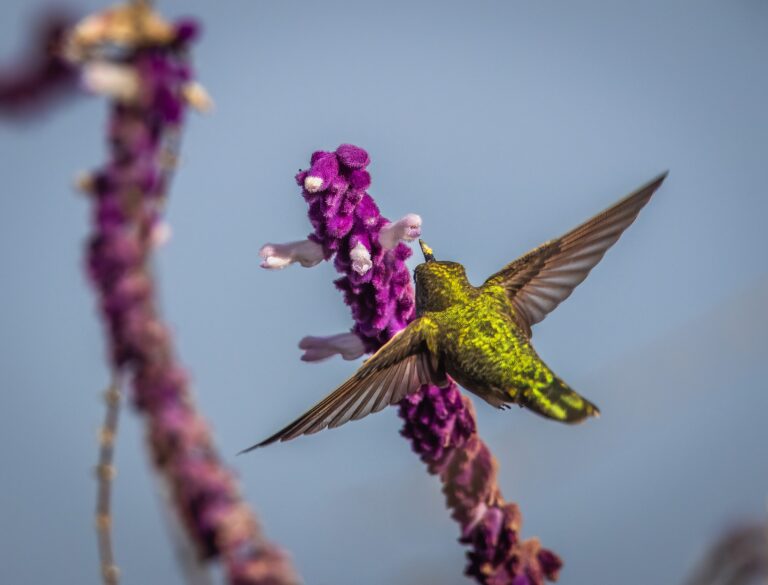
For the everyday enthusiast, identifying the upcoming blooming signs can be like reading subtle hints in nature’s whisper. The growth of new buds is a dead giveaway, sure, but there are also subtle changes in leaf coloration or a sudden spurt of growth. It’s as though the plant has had one too many cups of coffee and can’t keep its excitement in check! Get to know your Crassula, be the observant neighbor, and you might just be able to throw a blooming party when the time comes.
For more detailed info on the specific stages of Crassula flowering, you’d want to dig into some advanced literature. However, to keep your Crassula in the pink (literally), you might appreciate a few succulent care tips to make sure your green friends are living their best life all year long.
Remember, growing Crassula is a commitment—like a silent pact with nature that you’re going to see this through. These succulents won’t just start blooming because you wish hard enough (unless you’ve got some magical green thumbs). Give them the love and conditions they crave, and before you know it, you’ll be hosting a floral exhibit right in your living room that would make even the finest garden shows do a double-take.
Caring for Your Crassula: Tips for Optimal Flowering
Imagine your Crassula bursting into bloom, a spectacle of blossoms that transforms your living space into a vibrant sanctuary. But how do you turn this vision into a lush reality? The secret lies in understanding the Crassula’s needs, and with just a few essential tips, you can be on your way to witnessing your succulent’s enchanting display.
Let’s talk about light—the spotlight, that is. Crassulas crave bright, indirect sunlight to belt out their best performance. Think of it like a sunbathing diva. Too much direct sun? Cue the sunburn. But in a softly lit location? Watch your Crassula take center stage and flourish.
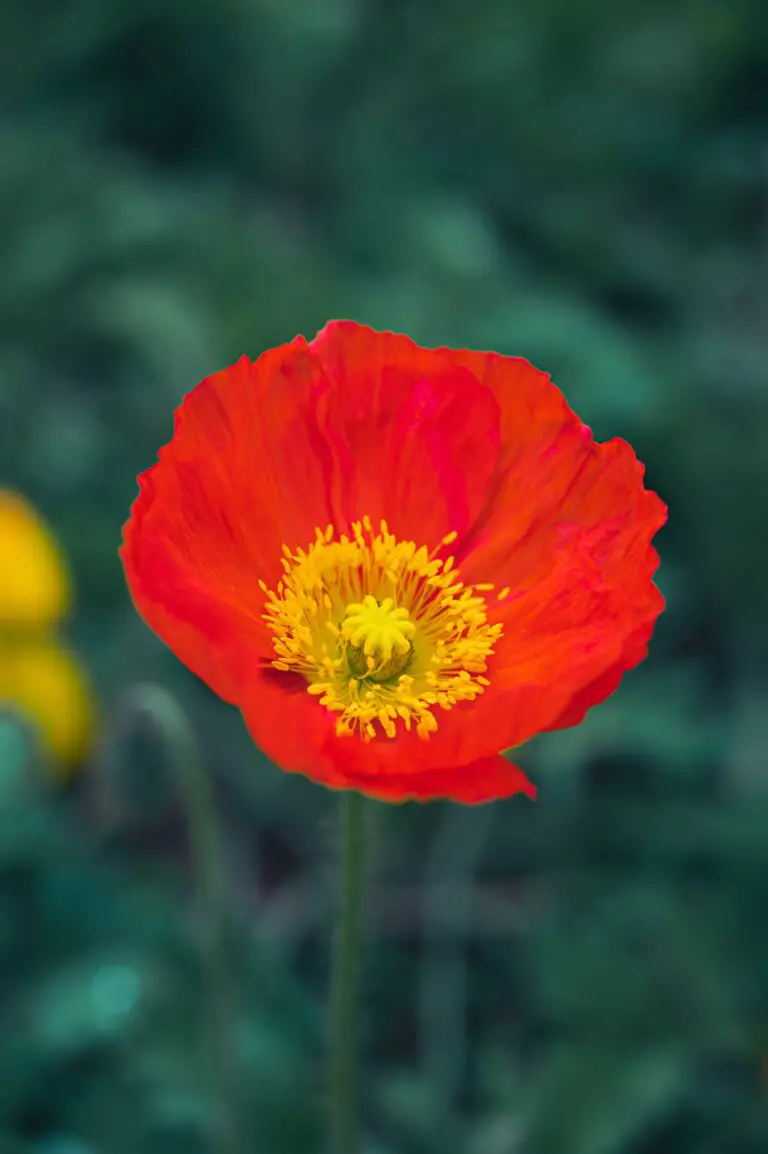
Moving on to hydration, Crassulas need a sip, not a gulp. Overwatering is like giving them a cold shower—unpleasant and discouraging. Instead, let the soil dry out between watering sessions, giving them just enough to quench their thirst. With this approach, you’re setting the stage for those flowery encores.
Now, soil—it’s more than just dirt. Your Crassula is like a celebrity that’s picky about its hotel room; it needs the right mix. A well-draining soil concocted for succulents will have your plant living in luxury, encouraging roots to thrive and flowers to blossom.
Temperature is the last piece of this green puzzle. Crassulas love it warm and cozy, with temperatures ranging from 65°F to 75°F (18°C to 24°C). However, they can handle a chill down to 50°F (10°C), much like a singer’s need for cool air after a concert. Maintaining this comfort zone is the ticket to a show-stopping bloom.
Arming yourself with these care tips is like being the diligent director of a botanical show. Want to dive deeper into the wonders of Crassula care? Discover the joy of nurturing your own green space and see how a well-tended Crassula can make all the difference!
Key Takeaways for Budding Botanists
To sum it up, emulate the right environment with a balance of bright, indirect light and temperate conditions. Water wisely, using a succulent’s mix of soil to create a foundation for growth. With these practices, your Crassula will thank you with a bounty of blooms. Remember, it’s not just about keeping your plant alive—it’s about letting it thrive and bring its springtime serenade into your life!
The Many Faces of Crassula: Varieties That Flower
An enchanting array of Crassula species exist, each with their own unique twist on flowering. Imagine a tapestry woven with the vibrant petals and distinctive foliage of Crassula ovata—better known as the Jade Plant—that often surprises its caretakers with star-like white or pinkish flowers when the environment is just right.
Or consider the Crassula capitella, aptly dubbed the ‘Campfire Plant’, which sets the winter season alight with its blaze of bright red flowers that contrast sharply with its flame-tipped leaves. The key? A bit of benign neglect and a touch of cool weather to trigger its fiery display.
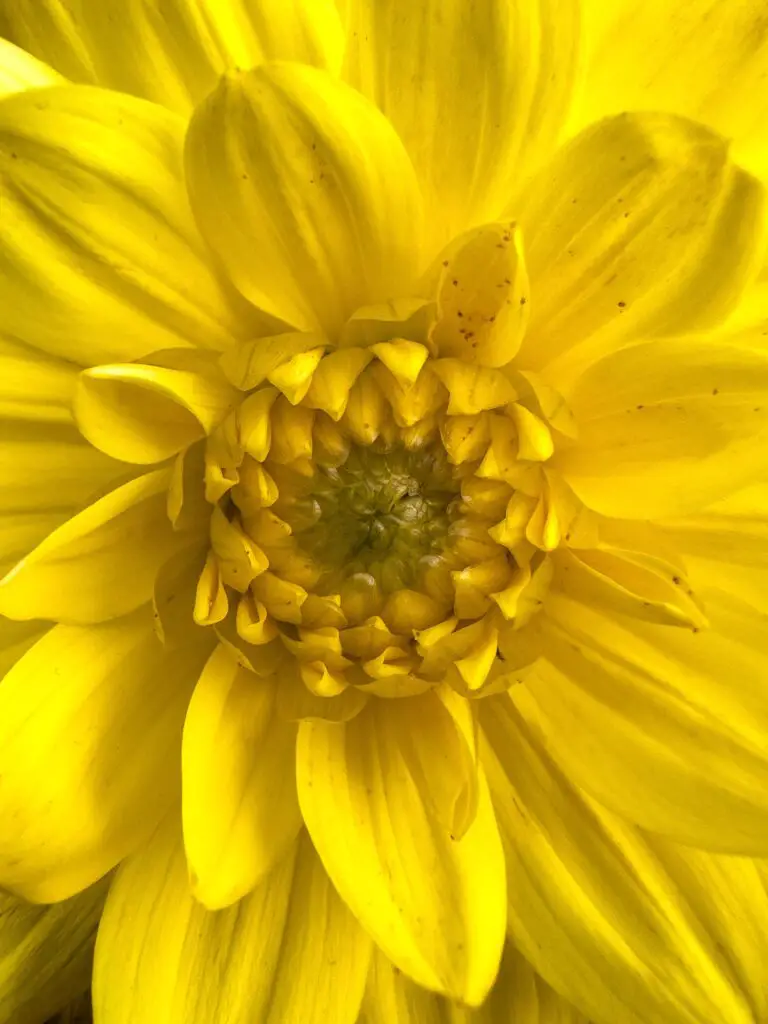
Amidst the subtleties of the Crassula family, the Crassula umbella‘s whimsical ‘Wine Cup’ flowers stand out with a fairytale-like appeal, looking as though carved from wax by an artist’s hand. For those eager to delve deeper into the fascinating world of these flowers, the detailed guide on Crassula Succulent Plant Types is a treasure trove of information.
In this lush garden of choices, the ‘Buddha’s Temple’ Crassula unfolds its gray-green leaves into intricate, tower-like structures, crowning them with clusters of soft pink blooms—a miracle of pattern and geometry. Gardening enthusiasts who share a passion for such rarities may find joy in cultivating their own ‘Shire’ of succulents, where Crassula varieties such as the ‘Gollum’ offer up their singular jewels.
Step into the living mosaic where flowers are the jewels and the leaves are a textured backdrop—the world of Crassula flowers. From the lush rosettes of ‘Springtime’ to the playful nodules of ‘Buddha’s Temple’, each with their moment of floral glory, these plants are a testament to nature’s variability and splendor.
Documenting the Crassula Bloom: A Photographic Journey
Imagine capturing a moment so fleeting that it’s almost a secret whispered by nature—the Crassula flower in its full splendor. Often overlooked amidst its succulent kin, the Crassula waits patiently to unveil its beauty, a rare performance that demands an audience. And what better way to cherish this short-lived spectacle than through the lens of a camera?
This is not just about snapping pictures; it’s a celebration of life. Every photographer, amateur or seasoned, knows the joy of catching that perfect shot. But when it comes to the Crassula flower, the stakes are high and the rewards are even higher. As each bud unfurls, it brings with it a sense of achievement and wonder. The act of documenting the Crassula’s bloom becomes a journey—one filled with anticipation, excitement, and pure delight.
Let’s dive into the experience of an eager photographer, as they set out in the soft light of dawn, feeling the crisp morning air, eyes scanning for the first signs of a Crassula bloom. There it is—a hint of color amongst the jade green leaves. The dance begins, positioning the tripod, adjusting the focus, and finally, the click of the shutter. It’s in that fraction of a second that a story is told, a story of endurance and grace, as the delicate petals reach for the sun.
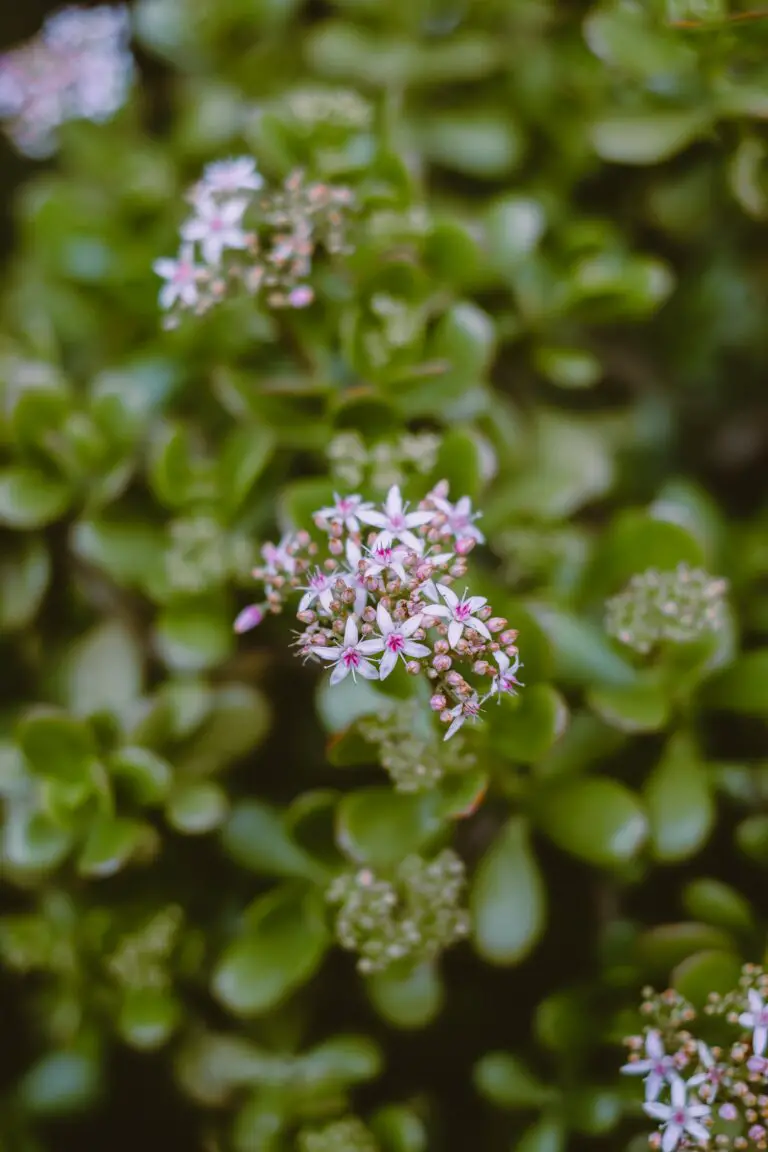
Naturally, it’s not just about the Crassula alone. It’s about the right backdrop, the interplay of light and shadows, the texture of the surrounding foliage, and the contrast it creates with the soft hues of the flowers. These images aren’t mere representations; they become a canvas for the viewer’s imagination, an invitation to feel the warmth of the sun and the gentle brush of the petals without ever touching them.
And as the sun arcs across the sky, each hour unveils new angles, new possibilities. This photographic journey with the Crassula is a practice of patience and presence—an opportunity to connect with nature in its most intimate moments. The beauty of the Crassula in bloom isn’t just in its visual appeal; it’s in the story of its emergence, a tender reminder of nature’s cycles, fleeting yet everlasting in our memories and photographs.
Propagating Crassula: From Leaf to Flower
Imagine a tiny leaf, no bigger than your fingernail, embarking on a journey to become a vibrant Crassula flower. This isn’t just a botanical fantasy; it’s a propagation reality you can achieve with patience and the right steps. Let’s dig in and transform these succulent leaves into blooming beauties!
Step 1: Gathering Your Crassula Leaf Cuttings
The adventure begins with selecting healthy, plump leaves from your parent Crassula plant. Gently twist the leaf off the stem, ensuring you get the entire base—this is where the magic happens. Think of it as preparing a mini raft that will eventually carry a charming little Crassula flower.
Step 2: Letting the Cuttings Callous
After your leaf-cutting expedition, it’s time to play the waiting game. Lay your cuttings out on a flat, dry surface. Avoid direct sunlight—as much as these succulent sailors love the rays, they need a break to form a callous. This process is like putting on a life jacket before setting sail—it takes about a day or two.
Step 3: Rooting Your Crassula Cuttings
Once your cuttings have toughed up, it’s time to introduce them to soil. Nestle them atop well-draining succulent mix, misting lightly. Roots will timidly peek out, seeking the succulent equivalent of buried treasure—water and nutrients.
Step 4: Welcoming New Growth
As roots establish, tiny baby Crassulas will emerge like sprouts pushing through the forest floor. Continue misting your burgeoning fleet of leaf boats until the mini-Crassulas are robust enough to withstand deeper watering. It’s a slow ride—growing more from less—but each tiny leaf promises a future flourish.
Step 5: The Voyage to Bloom
Gradually, these infant plants will grow fuller, hearty leaves and may even start resembling the parent plant. But remember, blossoming is like the Crassula’s version of reaching the summit after a long hike. It takes time, the right conditions, and sometimes a little luck. Provide plenty of indirect sunlight, occasional fertilization, and the perfect balance of neglect and care that succulents adore.
By following these steps, what once was a tiny leaf will stand tall, crowned with a cluster of Crassula flowers. Each bloom not only adds charm to your garden but also serves as a testament to the wonder of propagation. Watch as your once solitary leaf transforms into a spectacle of nature, drawing in onlookers with its blooming secrets.
The Benefits of Crassula Beyond Beauty
Tucked away in the corner of a bright office or perched on a sunny windowsill at home, the Crassula plant quietly charms its way into our hearts, not just with its quaint aesthetics but also with its unsung benefits. Renowned for its luscious leaves and tranquil presence, Crassula—a member of the succulent family—doesn’t brag loudly about its capabilities. Instead, it invites us to discover its air-purifying properties that work silently to nurture the atmosphere of our personal havens.

Imagine this: as you shuffle through paperwork and to-do lists at your desk, your Crassula is busy at work, too. While you focus on deadlines, it’s diligently absorbing toxins and carbon dioxide, releasing a steady supply of oxygen to help you breathe easier. It’s a natural companion that not only enhances your workspace but also contributes to a cleaner, fresher environment.
But the Crassula’s prowess extends beyond purifying the air. It’s a beacon of green serenity amidst our busy lives, a visual reminder to pause and enjoy the simplicity of nature. With a variety of shapes and hues, Crassula species can complement any decor, encouraging a sense of peace and concentration whether you’re meditating or crunching numbers. Its low-maintenance nature makes it a perfect cohabitant for both homes and offices, providing beauty and function without asking much in return. After all, in our high-speed world, who doesn’t cherish a touch of effortless charm and tranquility?
Troubleshooting: Why Isn’t My Crassula Blooming?
So, you’ve tended to your Crassula, whispered sweet nothings, and given it all the tender loving care a succulent could ask for—yet there are no blooms in sight. What gives? Don’t worry, green thumbs and budding gardeners alike—we’re diving into the common bloom-blocking culprits and dishing out the green fixes you need to turn that foliage frown upside down.
The Sunlight Situation
First thing’s first: Is your Crassula getting enough sun-lovin’? These succulent sweethearts thrive on a good sunbath. If your plant’s living the indoor life, make sure it’s catching some rays by a sunny window for at least six hours a day. Outdoor Crassulas? They’re sun worshippers and prefer the brighter, drier parts of your garden. Remember, a well-lit Crassula is a happy, blooming one!
Water Woes
Now, let’s talk hydration—but not the overzealous kind. Overwatering is the express lane to a non-blooming Crassula. These plants prefer a drought-tolerant lifestyle, drinking in the spotlight of occasional but thorough watering sessions. Wait until the soil is dry as a bone before giving it a splash, ensuring those roots don’t waddle in soggy despair.
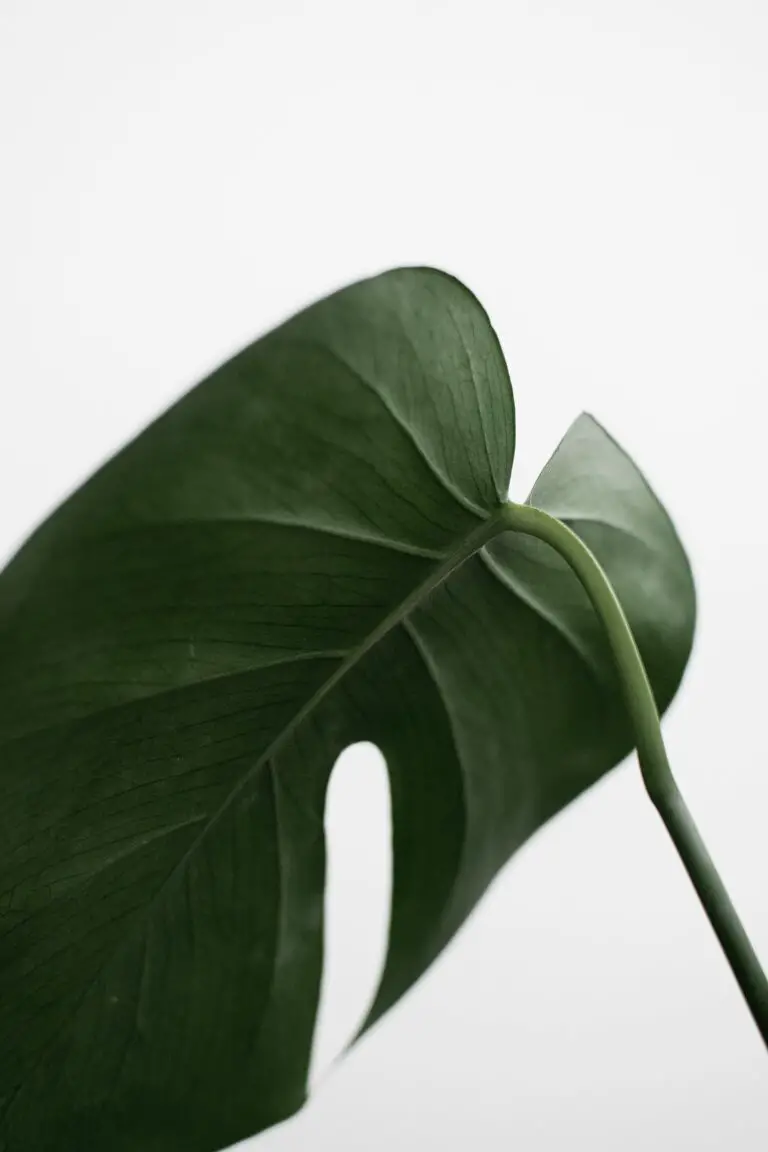
Feeding Finesse
Like a star before their breakout role, Crassulas need the right feed to bloom into the spotlight. Hit them with a half-strength succulent fertilizer cocktail during their growing season—usually spring and summer. But don’t overindulge them; an autumn and winter fast allows them to rest and come back stronger, ready to burst into bloom.
Temperature Tantrums
Your Crassula might just be throwing a temperature tantrum. It prefers the temperate tune of 60-75°F (15-24°C). Too hot or too cold can lead to a bloom boycott, so keep an eye on those mercury levels. Stress from fluctuating temps can also be a sneaky saboteur. Gradual transitions with the seasons can often encourage your Crassula to show off its floral finery.
Patience, The Virtue of the Gardener
Lastly, the hardest part: play the patience card. Crassulas can be late bloomers, taking years before they’re ready to reveal their flowers. If you’ve ticked all the boxes and your plant is still on a flowering fast, give it time. Like a good wine or a classic novel, some things can’t be rushed. Your patience could soon be rewarded with a spectacular succulent show.
Real-life example: Meet Kevin, the succulent enthusiast who almost gave up on his Crassula. It wasn’t until year three that Kevin adjusted the light, got the watering rhythm right, and gave it the perfect spot by the picture window. Now, his Crassula greets him with a cascade of blooms every year, showing that a little patience and know-how can lead to a blooming marvel.
Crassula Flower Charms: Unveil the Succulent’s Blooming Secrets
Frequently Asked Questions
Whether you’re a seasoned green thumb or a novice to the succulent world, curiosity about the Crassula flower is bound to sprout. Sociable and unassuming, these resilent plants raise a few eyebrows when they decide to showcase their delicate blossoms. Below, we’ll delve into some of the questions plant enthusiasts often ponder about this charming succulent.
Q1: How often do Crassula plants flower?
The Crassula, known for its sturdy jade leaves, graces us with flowers usually once a year. If you’re lucky, you might witness these beauties in winters when they’re most comfortable showcasing their white or pink star-like blossoms. Keep in mind that blooming is like a botanical applause for the care you’ve been providing throughout the year.
Q2: Can I induce my Crassula to flower more frequently?
Ah, the power of encouragement! While these succulents aren’t high-maintenance, coaxing them into extra blooming sessions requires a shift towards cooler nights and infrequent watering. Think about it as preparing for a big event: a little stress can often push the Crassula into the spotlight, urging it to dress up in its floral best to impress!
Q3: What should I do after my Crassula finishes blooming?
Post-flowering care is vital. Just like athletes need rest after a big race, Crassula plants appreciate a modest cool-down phase. Trim those spent flowers gently—it’s not only an aesthetic choice but also a functional one. It redirects your plant’s energy towards robust leaf growth rather than holding onto remnants of the past season.
Q4: Are Crassula flowers safe for pets?
Good news for pet parents: Crassula plants are generally non-toxic to animals. However, it’s always best to keep an eye on your furry companions, as individual plant parts may cause mild irritation if ingested.
Q5: How can I tell if my Crassula is healthy and ready to bloom?
The signs of a blooming-ready Crassula are much like a proud parent’s boasting. Sturdy, green foliage and a robust structure are prime indicators. Plus, a careful cycle of watering, sunlight, and a watchful eye for pests set the stage for a performance worth waiting for.
Take a moment to explore this visual guide that delves into the intricacies of Crassula flower care:



